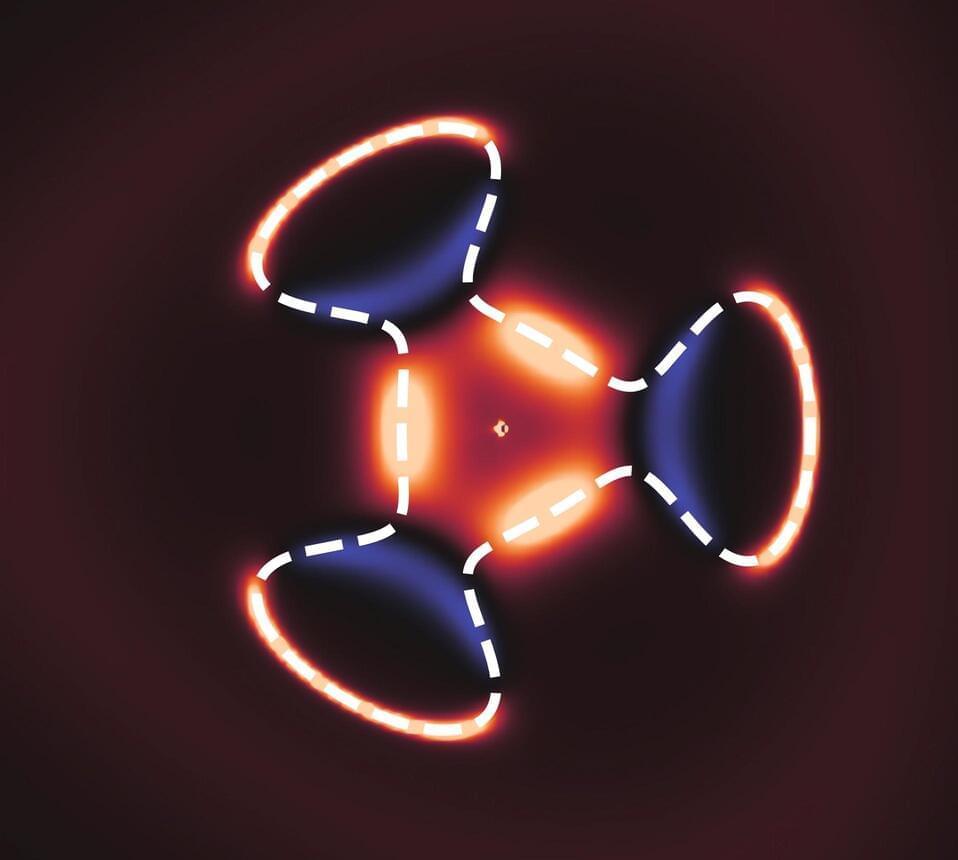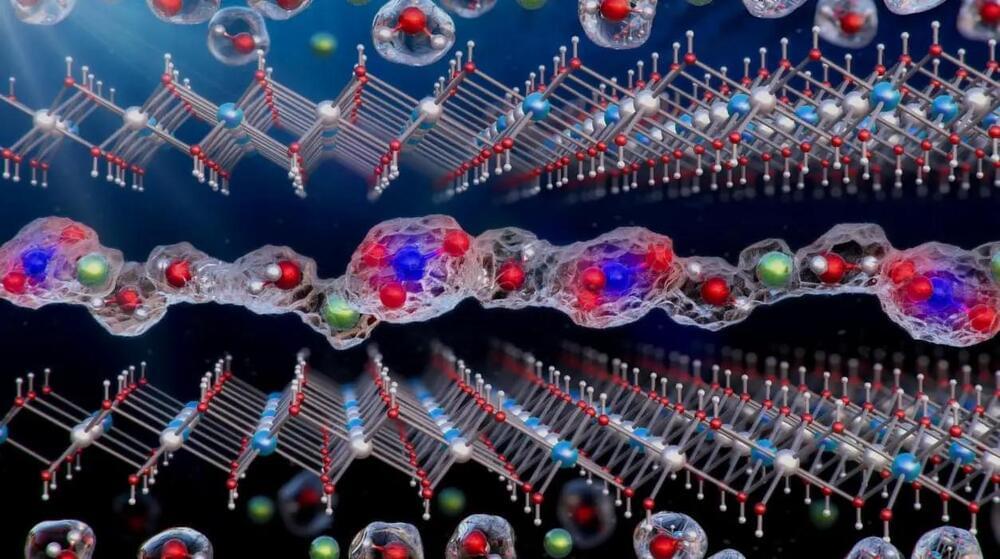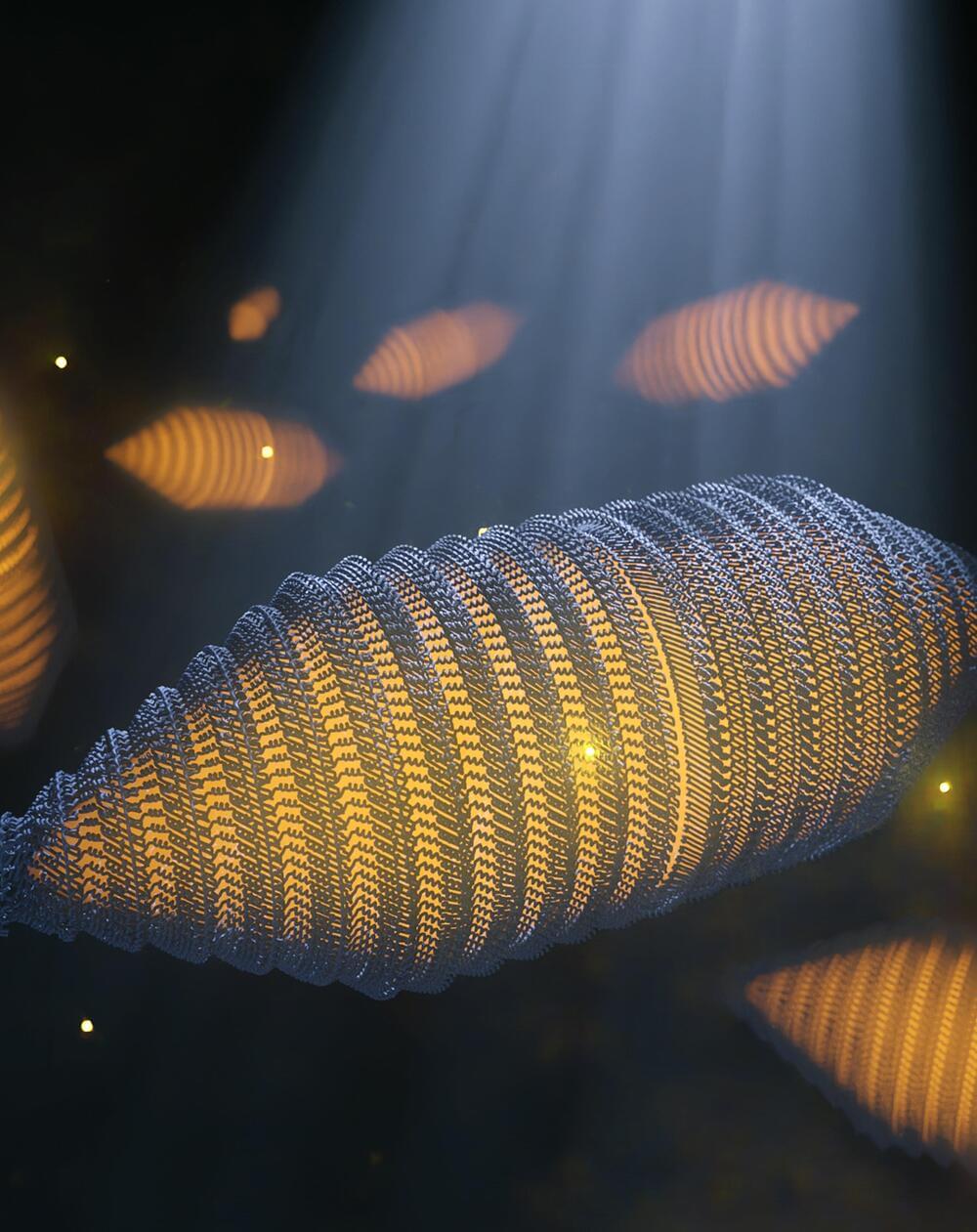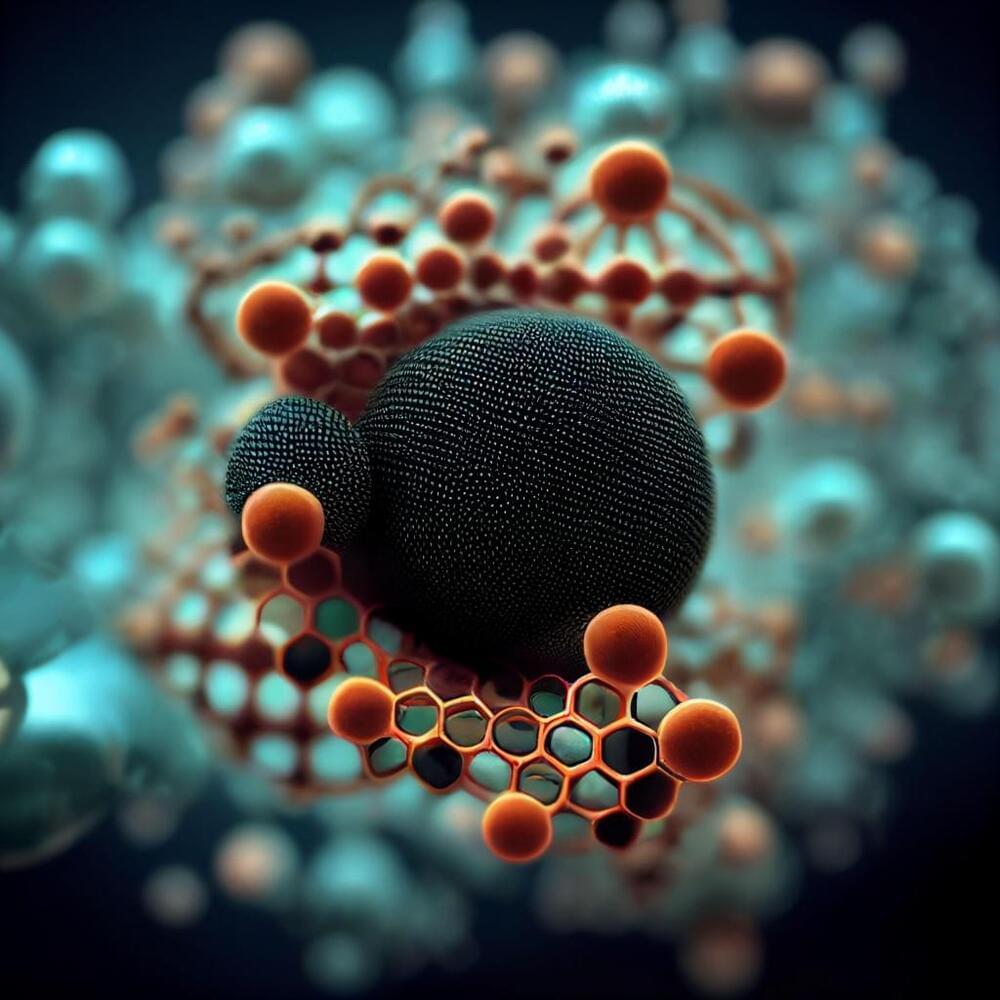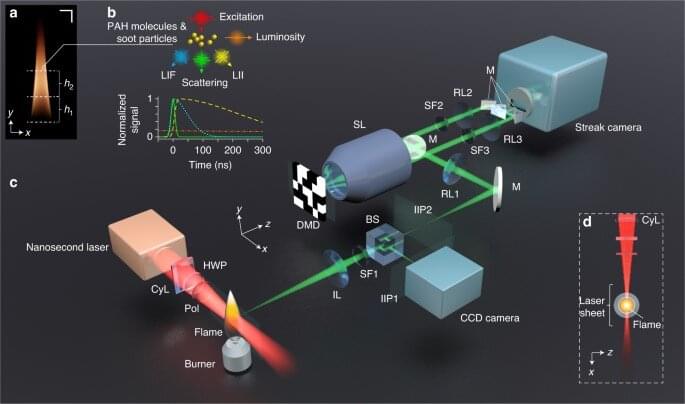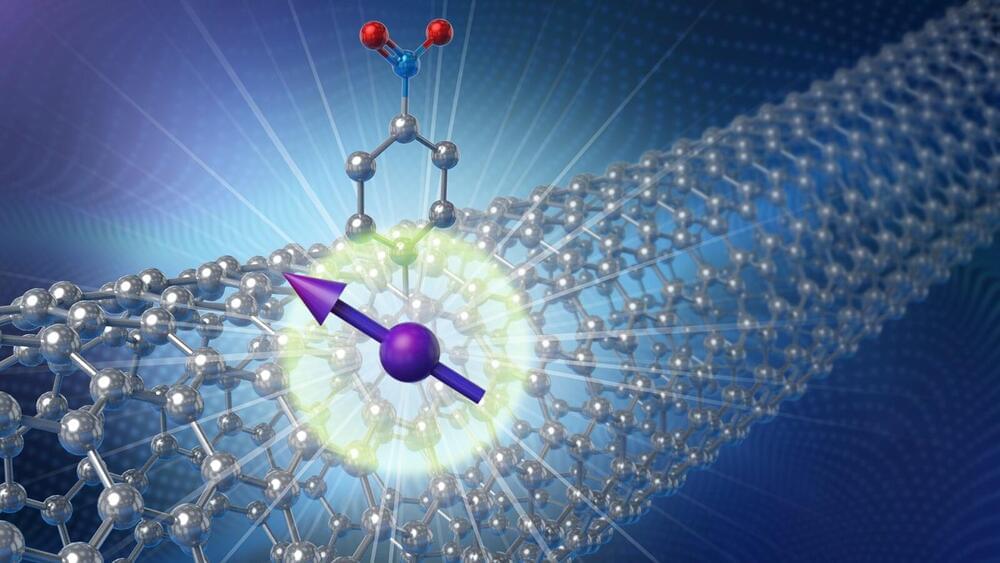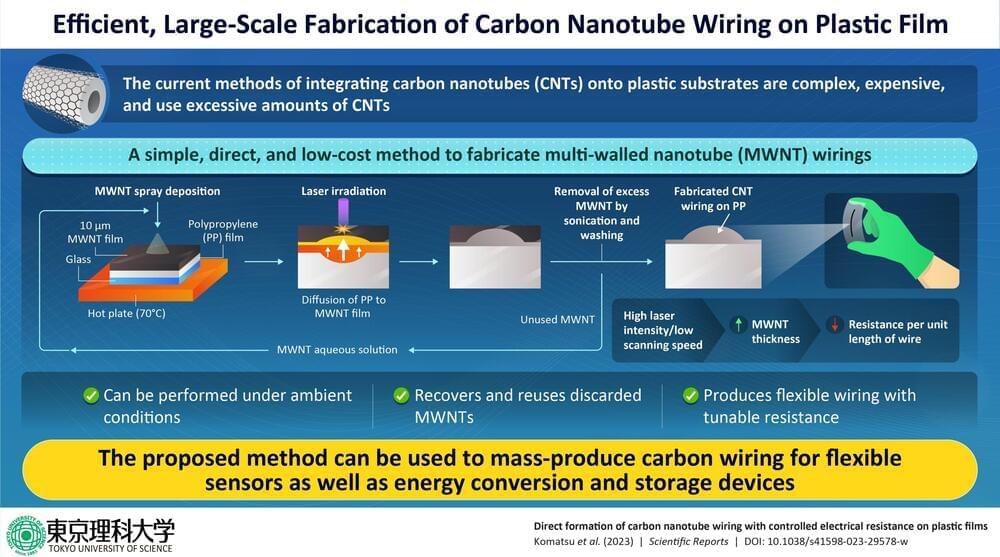Mar 8, 2023
New Forms of Exotic Superconductivity
Posted by Saúl Morales Rodriguéz in categories: nanotechnology, particle physics
Graphene is a strange material. Understanding its properties is both a fundamental question of science and a promising avenue for new technologies. A team of researchers from the Institute of Science and Technology Austria (ISTA) and the Weizmann Institute of Science has studied what happens when they layer four sheets of it on top of each other and how this can lead to new forms of exotic superconductivity.
Imagine a sheet of material just one layer of atoms thick—less than a millionth of a millimeter. While this may sound fantastical, such a material exists: it is called graphene.
Graphene is an allotrope of carbon in the form of a single layer of atoms in a two-dimensional hexagonal lattice in which one atom forms each vertex. It is the basic structural element of other allotropes of carbon, including graphite, charcoal, carbon nanotubes, and fullerenes. In proportion to its thickness, it is about 100 times stronger than the strongest steel.
